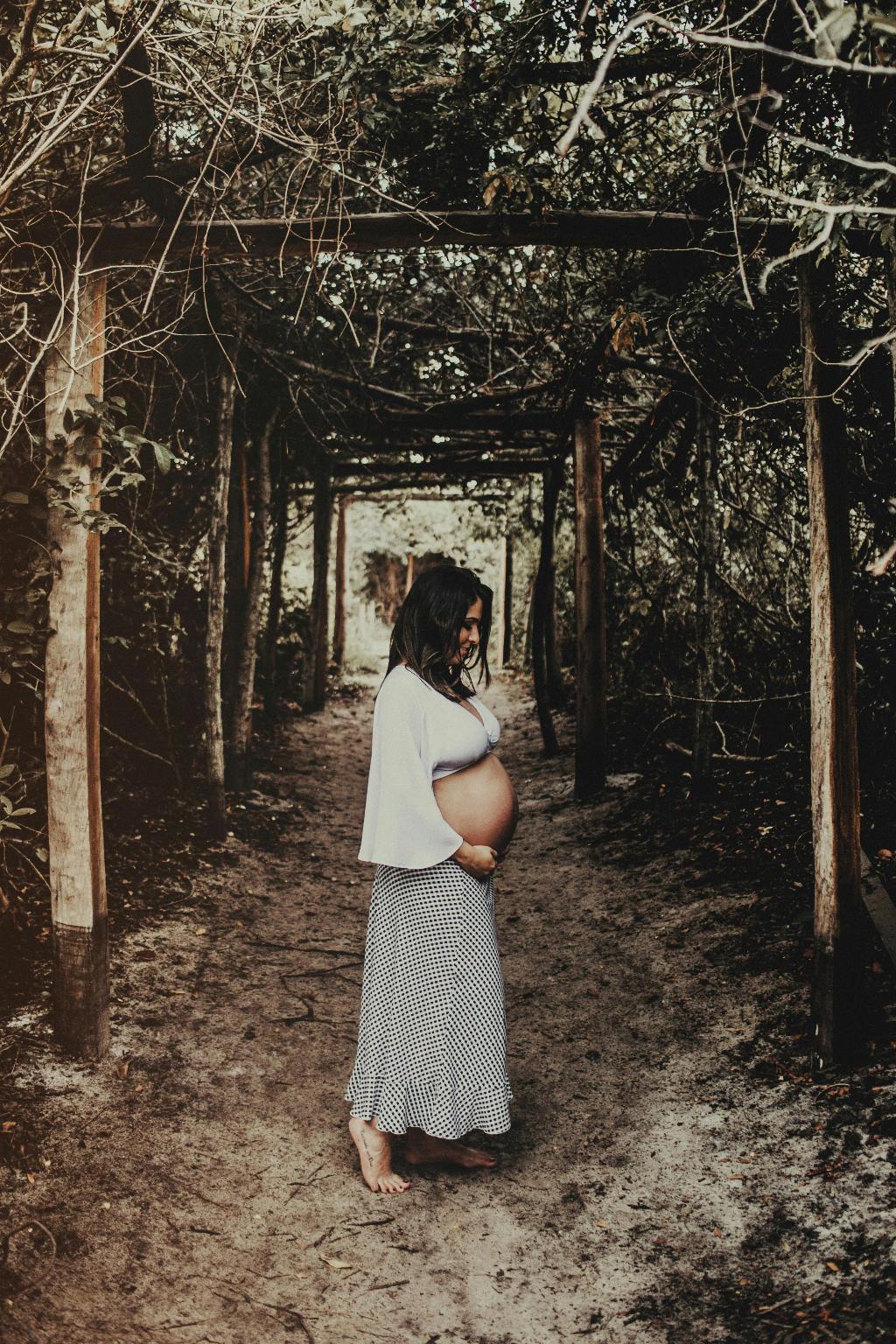Embarking on the journey of pregnancy is a remarkable experience filled with anticipation and joy. One crucial aspect of this journey is identifying the signs of a viable pregnancy – indications that all is progressing well and the baby is developing as expected. Let’s delve into the intricacies of what a viable pregnancy entails, focusing on key signs that pregnant individuals can look out for.
1. Confirmation of Pregnancy
The initial sign of a viable pregnancy is, of course, confirming that you are indeed pregnant. This confirmation often comes through a home pregnancy test or a visit to a healthcare provider for a blood test. Once pregnancy is confirmed, the journey towards understanding the viability of the pregnancy begins.
2. Rising hCG Levels
Human Chorionic Gonadotropin (hCG) is a hormone produced during pregnancy. In a viable pregnancy, hCG levels typically double every 48 to 72 hours in the early weeks. A steady increase in hCG levels is a positive sign that the pregnancy is progressing as expected.
3. Healthy Fetal Heartbeat
One of the most reassuring signs of a viable pregnancy is the presence of a healthy fetal heartbeat. Around the 6-week mark, the detection of a fetal heartbeat indicates a positive outlook. Conversely, the absence of a fetal heartbeat may signal a complication such as fetal demise.
4. Ultrasound Confirmation
Ultrasounds play a crucial role in confirming a viable pregnancy. These imaging tests can provide valuable information about the baby’s development, including the presence of a fetal heartbeat, accurate gestational age, and overall well-being of the fetus.
5. Developing Gestational Sac
Another sign of a viable pregnancy is the presence of a developing gestational sac within the uterus. This sac, visible on ultrasound, is an early indicator of a growing embryo and is essential for the progression of a healthy pregnancy.
6. Maternal Symptoms and Well-being
In addition to physical signs, maternal symptoms can also provide insight into the viability of a pregnancy. Symptoms such as morning sickness, breast tenderness, and fatigue are common indicators that the pregnancy is progressing as expected.
7. Absence of Complications
Avoidance of complications such as vaginal bleeding, severe cramping, or sudden onset of severe symptoms is essential in maintaining a viable pregnancy. Any unusual or concerning symptoms should be promptly addressed with a healthcare provider.
8. Maternal Weight Gain
Healthy weight gain during pregnancy is a positive sign that the baby is developing well and the pregnancy is viable. Monitoring weight gain in conjunction with regular prenatal care can help ensure a smooth and healthy pregnancy.
9. Maternal Instincts
Intuition plays a powerful role in pregnancy. Trusting your instincts and feeling connected to the pregnancy can be a strong indicator of viability. Pay attention to your intuition and seek support if you have concerns about the progression of your pregnancy.
10. Viability Beyond 22-24 Weeks
After 22-24 weeks of gestation, a viable pregnancy signifies that the baby has reached a stage where they have a chance of survival outside the womb. This milestone is a significant indicator of the progressing health and viability of the pregnancy.
11. Maternal Emotional Well-being
Emotional well-being is just as crucial as physical health during pregnancy. Feeling positive, emotionally supported, and connected to the pregnancy are all signs that the journey towards a viable pregnancy is on track.
12. Continual Monitoring and Care
Regular prenatal visits, open communication with healthcare providers, and ongoing monitoring of the pregnancy are key aspects of ensuring viability. Stay informed, ask questions, and actively participate in your prenatal care for the best chance of a healthy and viable pregnancy.

